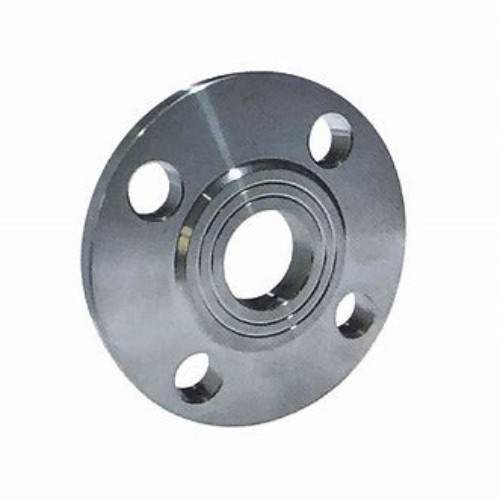Flange Blind Plate Design and Applications for Industrial Use
Understanding Flange Blind Plates A Comprehensive Guide
Flange blind plates, often referred to simply as blind flanges, are critical components in various piping systems across industries such as oil and gas, water treatment, and manufacturing. These components serve a vital function, allowing for the seamless execution of preventative measures, maintenance, and modifications in piping assemblies. Understanding what flange blind plates are, their design and application, and the benefits they bring to industrial operations is essential for engineers, project managers, and maintenance personnel alike.
What is a Flange Blind Plate?
A flange blind plate is a solid disc designed to close off the end of a piping system. This component effectively ‘blinds’ the pipe, preventing fluid or gas from escaping, while also allowing easy access for maintenance or inspection when needed. Typically made from materials such as carbon steel, stainless steel, or alloy steel, blind plates can be designed to withstand significant pressure and temperature variations depending on the application. The flange is typically provided with bolt holes, which allow it to be secured to the corresponding flange of the pipe.
Design Specifications
Flange blind plates are designed based on various standards, including ASME, ANSI, and DIN. These specifications dictate the dimensions, pressure ratings, and material types that can be used. The key design considerations for blind plates include
1. Material Selection The choice of material depends on the operational environment, including temperature, pressure, and the nature of the fluid or gas being transported. For instance, stainless steel is favored for corrosive environments, while carbon steel is often utilized for standard applications.
2. Pressure Rating Blind flanges come in different pressure classes such as 150, 300, 600, and 1500 psi. Selecting the appropriate pressure rating is critical to ensure that the blind plate can safely handle the maximum potential pressure in the piping system.
3. Thickness The thickness of the blind plate is also important. A thicker plate can offer greater resistance to pressure and mechanical strain, but it also adds weight and may impact the overall design of the piping system.
4. Customization Many manufacturers can customize blind plates to fit specific requirements, including unique sizes, shapes, and material grades to fit project-specific needs.
Applications of Flange Blind Plates
flange blind plate

Blind plates are used in various applications, including
- Isolation of Equipment In maintenance situations, blind plates allow operators to isolate a segment of a pipe for repairs or inspections without needing to drain the entire system, saving both time and resources.
- Testing and Maintenance Blind flanges are crucial during pressure testing. They seal the system, allowing technicians to test the integrity and safety of the pipeline before putting it back into operation.
- Flow Control In some cases, blind plates are used to manage flow in pipelines. They can be installed to divert or obstruct flow temporarily, allowing for maintenance or modification of the system.
Benefits of Using Flange Blind Plates
1. Safety The primary advantage of using blind plates is enhanced safety. By effectively sealing off piping systems, they prevent accidental leaks and potential hazards associated with pressurized systems.
2. Cost-Effectiveness By facilitating targeted repairs and minimizing downtime, flange blind plates can lead to significant cost savings in maintenance and operational activities.
3. Versatility Blind plates offer flexibility in design and use, making them suitable for a wide range of industries and applications. Their ease of installation and removal adds to their versatility.
4. Improved Efficiency Regular use of blind plates in maintenance and testing can lead to more efficient operations, reducing the likelihood of unexpected downtimes.
Conclusion
Flange blind plates are an indispensable component in the realm of piping systems, providing vital functions that enhance safety, efficiency, and cost-effectiveness. As industries continue to evolve and demand greater reliability from their systems, the role of flange blind plates will remain crucial. Understanding their specifications, applications, and benefits enables professionals to make informed decisions that enhance operational integrity and safety in their projects. Whether you are involved in design, installation, or maintenance, being knowledgeable about flange blind plates can significantly impact the overall efficiency of your piping operations.
-
The Key to Fluid Control: Exploring the Advantages of Ball Valves in Industrial SystemsNewsJul.09,2025
-
The Versatile World of 1, 2, and 3 Piece Ball ValvesNewsJul.09,2025
-
Stainless Steel Ball Valves: The Ideal Choice for Efficient Flow ControlNewsJul.09,2025
-
Optimizing Fluid Control with Ball Float ValvesNewsJul.09,2025
-
Manual Gate Valves: Essential for Control and EfficiencyNewsJul.09,2025
-
Everything You Need to Know About Butterfly ValvesNewsJul.09,2025
-
The Versatility of Wafer Type Butterfly ValvesNewsJul.08,2025




